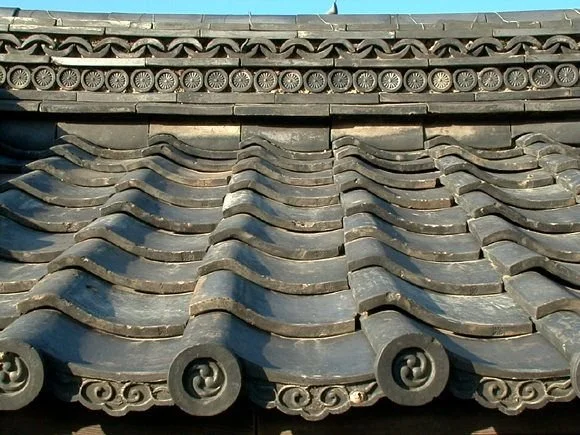Japanese Architecture
GEOFFREY
This week, instead of my usual activity report, I will teach you a little about Japanese architecture. Specifically, the roof tiles. As part of our world schooling education, we did a research project on Japanese architecture. After just noting all of the many differences between Japanese style architecture and other styles, I chose to focus my research on the roof tiles, so I will now tell you what I know about them!
These tiles have a very wavy shape for withstanding super strong winds. This is good for Japan since it is an island in the Pacific Ocean, meaning that hurricanes, or typhoons as they’re called in Japan, are much more common than in many other parts of the world. These are very stylistic tiles, so they will most often be used around a courtyard or garden. They are also the first choice of roofing on almost all temples and shrines around Japan. No one knows exactly how they got to Japan but many think they came from the Korean Peninsula in the late 500s. There is a castle called Himeji Castle which many people believe is the oldest building with these style roof tiles.
Kyoto Imperial Palace
TOBY
Instead of starting Book 2 of the Bee Family, I want to teach you about the Zen gardens in Japan. Some of the things we observed about Japanese architecture is:
Up and down (and sometimes sideways) slats
Tatami floors and futon beds
Chairs and tables low to the ground
Rice paper walls and doors
Shaded windows and doors (for privacy)
I chose to research more about the Zen garden because I loved the details and patterns of the Zen garden, but I especially love the calmness of the Zen garden.
All about Zen gardens:
The shūyū style of Zen garden is a garden only seeable from a path.
Zen gardens usually have water but there is a dry rock garden with white sand.
Bridges can be made out of stone, wood or logs. Bridges are sometimes part of a Zen garden temple.
Fish, like colored carp or goldfish, were borrowed from Chinese Zen gardens. Koi are fish that are domesticated.
There's moss in most Zen gardens and it is very ancient. Flowerbeds are rare in older gardens, but in modern gardens there common.

